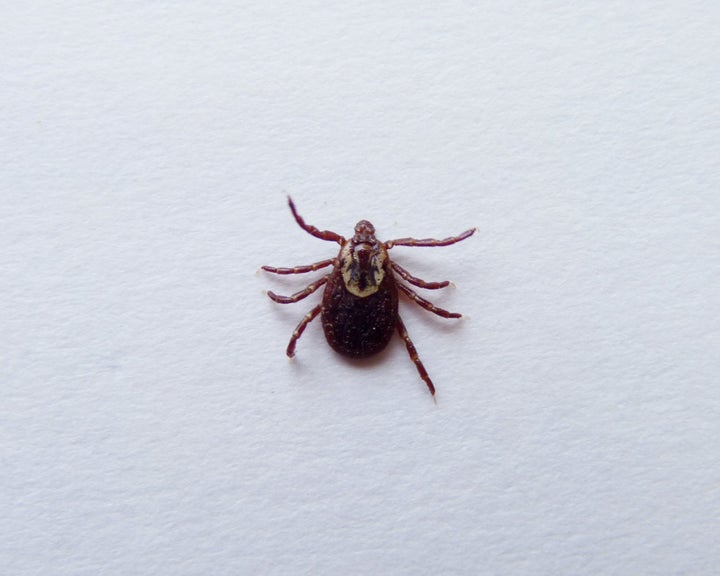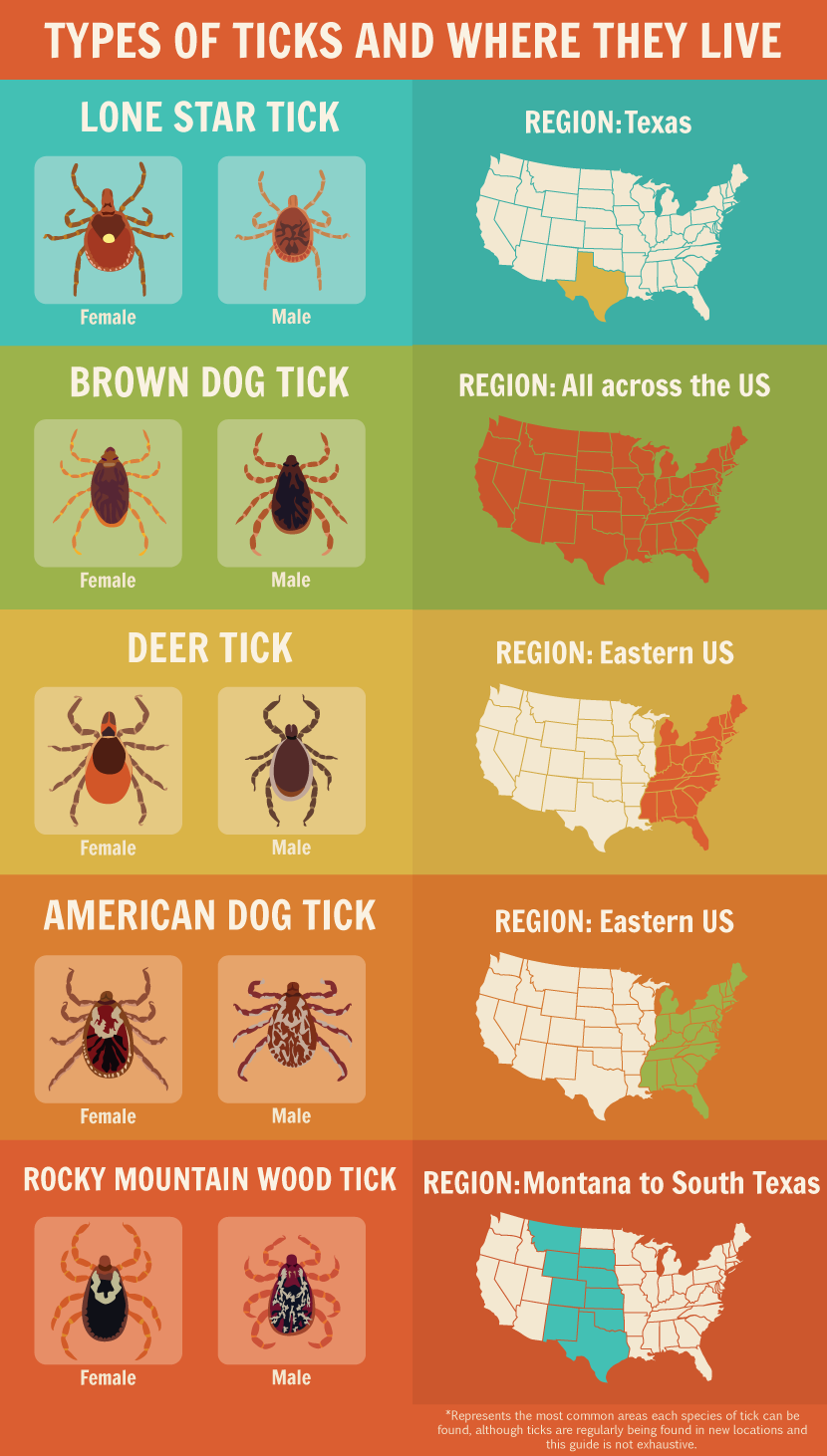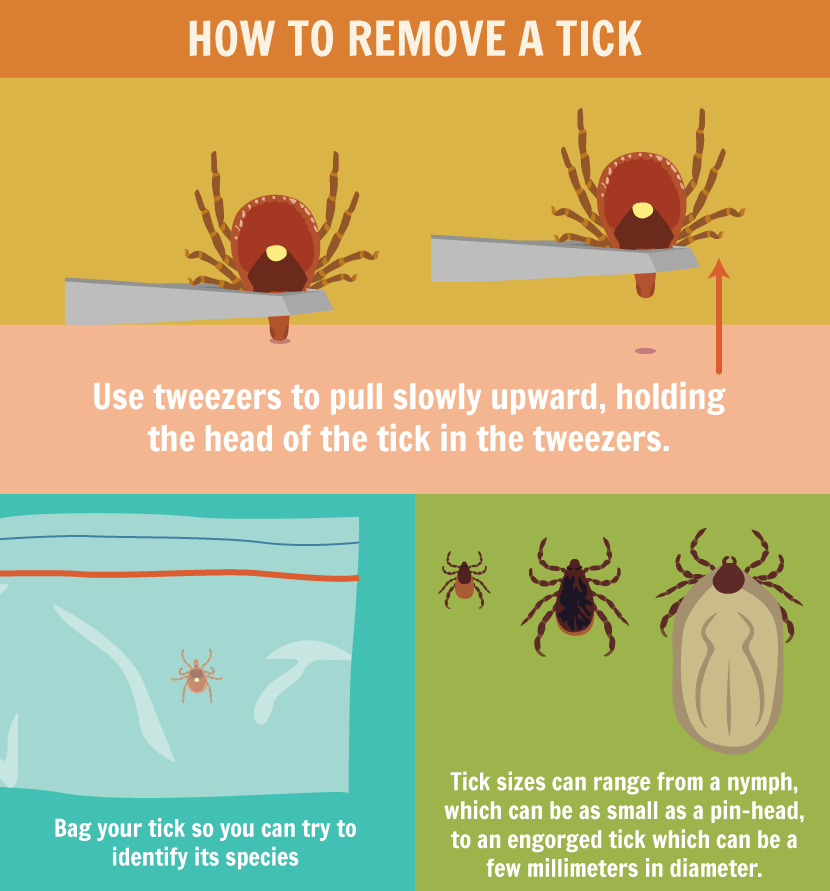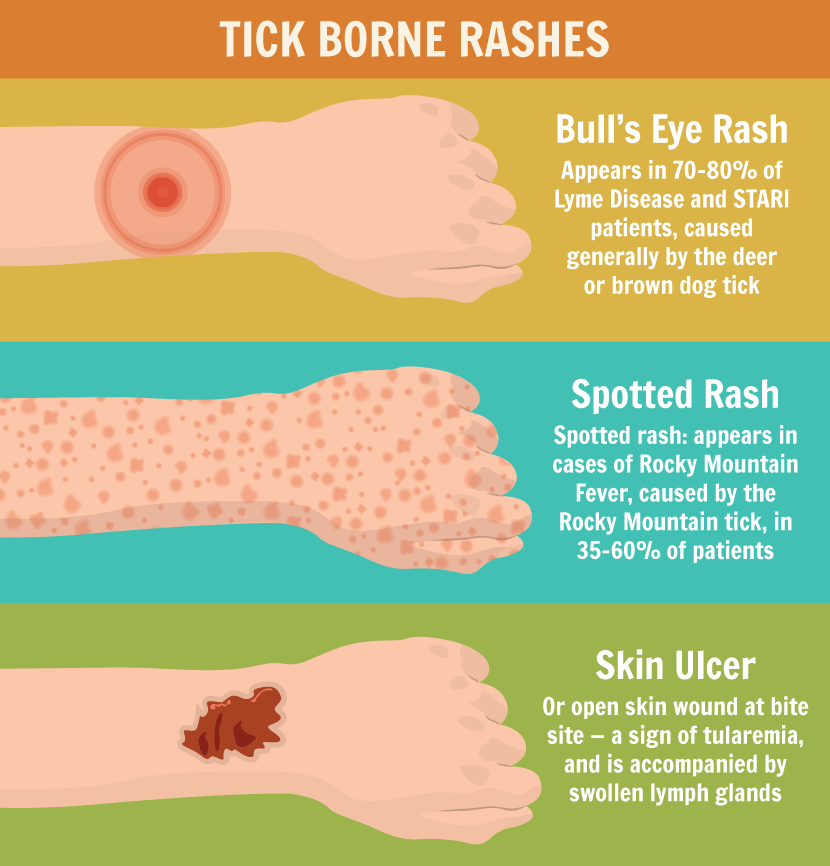
Bad news: Lyme disease, the most common tick-borne illness, has more than doubled over the past 20 years.
In 1995 there were just over 10,000 cases of Lyme disease reported. By 2013 there were over 25,000 confirmed cases and over 35,000 possible cases, according to the Centers for Disease Control and Prevention.
While Lyme disease is curable with antibiotics when caught in early stages, if untreated, the illness can cause permanent and potentially devastating complications, from memory loss to chronic joint inflammation to heart arrhythmia.
Know Your Risk
While Lyme disease is the most famous illness ticks carry, it's far from the only one. Others include babesiosis, a disease caused by microscopic parasites that infect red blood cells, ehrlichiosis, a general name for several bacterial diseases found in animals and humans, and the bacterial disease tularemia.
Not exactly comforting. But the good news is that there's a lot you can do to prevent these illnesses with the right precautions and awareness. So, what should you know about these tiny bugs? Here's a closer look at what they look like in each region of the United States, thanks to our friends over at Fix.com:
We know, we know: Those illustrations alone are enough to make your skin crawl. Most ticks won't give you a disease, but it's important to be able to recognize each of these species to assess any risks. Lone star ticks transmit ehrlichiosis, tulameria, heartland virus and Southern tick-associated rash illness, according to the CDC, while brown dog ticks transmit Rocky Mountain spotted fever. Deer ticks are most commonly associated with Lyme disease. Rocky Mountain wood ticks transmit Colorado tick fever and Rocky Mountain spotted fever.
Preventing Tick Bites
The CDC recommends avoiding wooded, bushy and high-grass areas, especially during the summer months. If you do plan on spending some time in the great outdoors this summer (as you should!), just try to walk in the center of trails while hiking and wear a bug spray with 20 to 30 percent DEET on clothing. Light-colored clothing is helpful, too, as it makes ticks easier to spot, and treat gear like clothing, tents and boots with an insect repellant with 0.5% permethrin.
After spending time outside, make sure to do a full-body tick check -- and take an extra long look at areas where ticks like to hide, including under arms, in and around ears, in belly buttons, in the groin area and in your hair.
So, what happens if you do get a tick? Don't try to burn it off! Ticks can be removed with tweezers or, if that doesn't work, by massaging them.
Here are some step-by-step instructions for removing ticks with tweezers:
After removing the tick, watch out for any signs of tick-borne illnesses including fever and chills, aches and pains, paralysis and rashes including a bulls-eye rash, spotted rash and skin ulcers. Rashes look something like this:
It may not be possible to avoid ticks altogether, but armed with this knowledge, you may be able to keep them from making you sick.
H/T Fix.com
Also on HuffPost:



